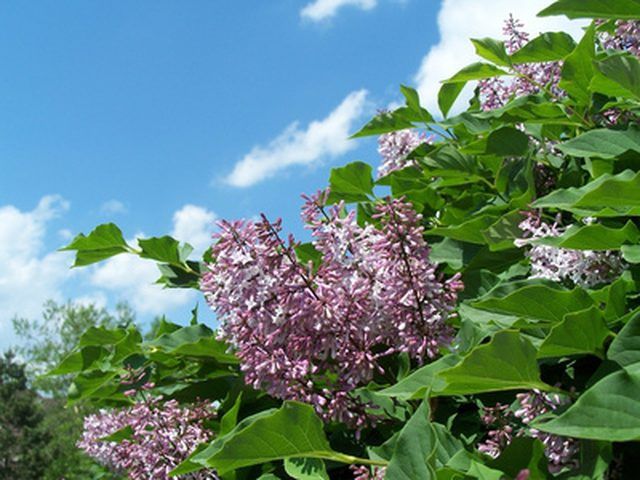Bulbs
Flower Basics
Flower Beds & Specialty Gardens
Flower Garden
Garden Furniture
Garden Gnomes
Garden Seeds
Garden Sheds
Garden Statues
Garden Tools & Supplies
Gardening Basics
Green & Organic
Groundcovers & Vines
Growing Annuals
Growing Basil
Growing Beans
Growing Berries
Growing Blueberries
Growing Cactus
Growing Corn
Growing Cotton
Growing Edibles
Growing Flowers
Growing Garlic
Growing Grapes
Growing Grass
Growing Herbs
Growing Jasmine
Growing Mint
Growing Mushrooms
Orchids
Growing Peanuts
Growing Perennials
Growing Plants
Growing Rosemary
Growing Roses
Growing Strawberries
Growing Sunflowers
Growing Thyme
Growing Tomatoes
Growing Tulips
Growing Vegetables
Herb Basics
Herb Garden
Indoor Growing
Landscaping Basics
Landscaping Patios
Landscaping Plants
Landscaping Shrubs
Landscaping Trees
Landscaping Walks & Pathways
Lawn Basics
Lawn Maintenance
Lawn Mowers
Lawn Ornaments
Lawn Planting
Lawn Tools
Outdoor Growing
Overall Landscape Planning
Pests, Weeds & Problems
Plant Basics
Rock Garden
Rose Garden
Shrubs
Soil
Specialty Gardens
Trees
Vegetable Garden
Yard Maintenance
Should Lilacs Have an Acid or Base Fertilizer?
Should Lilacs Have an Acid or Base Fertilizer?. Lilacs are hardy plants. Early American settlers distributed the common lilac, Syringa vulgaris, far and wide. Newer cultivars attract attention nowadays, from French lilacs and elegant Chinese lilacs to tree lilacs that grow to 30 feet tall. But one fact is true for all lilacs: they require very...

Lilacs are hardy plants. Early American settlers distributed the common lilac, Syringa vulgaris, far and wide. Newer cultivars attract attention nowadays, from French lilacs and elegant Chinese lilacs to tree lilacs that grow to 30 feet tall. But one fact is true for all lilacs: they require very little care. This lack of fussiness extends to fertilizer. Lilacs don’t usually need much. But soil pH—the soil's acid-alkaline balance—is very important.
Lilac Basics
Lilacs do best in full sun and well-drained soil. Assuming that basic needs are met, once established lilacs are very long-lived. They need about an inch of water per week, but in many climates rain provides all that is needed. A thick mulch of grass clippings, pine bark or other organic matter will moderate soil temperature and conserve moisture. Remove spent flowers to prevent lilacs from setting seed. Prune lilacs immediately after they finish blooming to promote compact, vigorous plants.
Soil pH
The acidity or alkalinity of soil is measured by soil pH. A key environmental condition that affects plant growth, soil pH directly influences the availability of key nutrients and, in the case of extreme pH readings, their potential toxicity. A pH of 7.0 is neutral on a scale of 0 to 14; higher numbers indicate alkaline soils and lower numbers indicate acidic soils. Lilacs require a slightly acidic to neutral or slightly alkaline soil, or a pH in the range of 6.5 to 7.5.
Changing Soil pH
The only way to know the pH of your soil is to test it, but it’s important information to have. Soils in New England tend to be highly acidic, so successfully growing lilacs means that soil pH has to be modified. Making acid or "sour" soils more alkaline means adding lime and mixing it with soil until the correct pH is achieved. Changing the pH of alkaline or "sweet" soil—clay soils are typically alkaline—is considerably more challenging but can be accomplished at least temporarily by applying either ammonium sulfate or elemental sulfur.
Fertilizers
Most fertilizers are neither acid nor alkaline, because the "measure" of a fertilizer is the amount of nutrients it contains. Most fertilizers provide only the three primary nutrients: nitrogen, phosphorous and potassium. The analysis of commercial fertilizers lists the relative percentages of these nutrients, such as 10-10-10 for a fertilizer containing 10 percent each of nitrogen, phosphorous and potassium and 70 percent inert ingredients.
Fertilizing Lilacs
Lilacs that are growing and blooming vigorously don’t need fertilizing. The ideal fertilizer for lilacs—if fertilizer is needed—is 5-10-10, according to Cornell University, and it should be applied at the rate of one-half pound per 25 square feet of planting area in spring, as new growth is beginning.
When Lilacs Don’t Bloom
People often assume that lilacs need more fertilizer when they aren’t blooming. But adding fertilizer when it’s not needed can make things worse—especially fertilizers high in nitrogen, which encourages vegetation over flowers. Pruning too late in the year, inadvertently removing the next year’s flower buds, is another reason lilacs don’t bloom. Another common reason for poor blooming is too much shade. Lilacs may also be too young; plants can take up to five years from planting before they’re mature enough to bloom. Older plants may require renewal pruning.